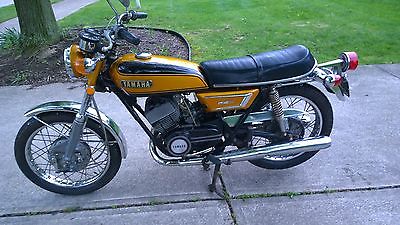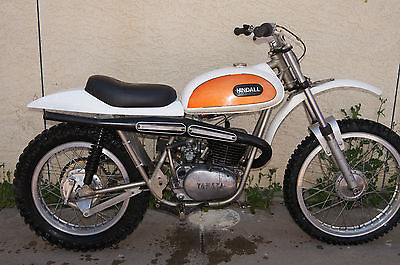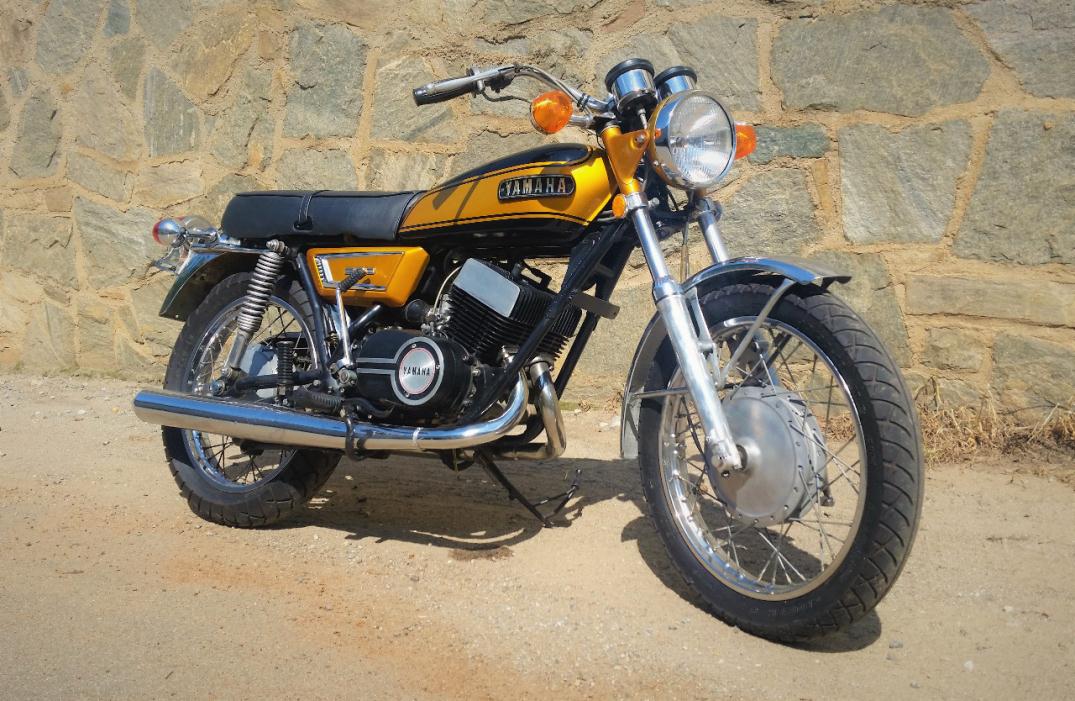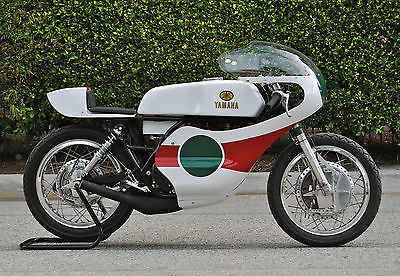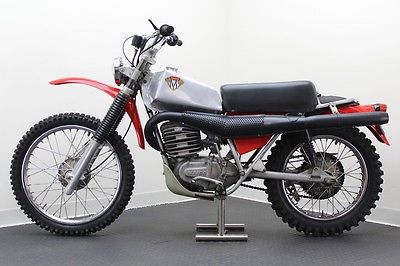$5,250
Sun Valley, California
Category
-
Engine
-
Posted Over 1 Month
1972 PANNONIA P20 WIN: 2072061729ENGIN NO.: 72061729 THE JEWEL OF THE BLUE DANUBE It is so rare, it might just be the only one in the U.S.A. From the cradle of motorcycle manufacturing there came the famous two stroke design from DKW. It was so good and relatively easy to build, many European factories emulated this design and with their own twist they built their own motorcycle models. We already know this as a fact that even the Japanese two strokes were developed from this design. Needless to say that they perfected it, until regulations put an end to it. SHORT HISTORY OF THE MANUFACTURER Johann Strauss did not invent the Blue Danube, but he did romanticize it way beyond its tributaries. While millions of people in all European countries danced on his famous waltz, engineers were inspired by his celestial music. The West-Germans built the DKW-s, the East-Germans built the MZ-s. The Checkoslovakians built the JAWA-s and the CZ-s. The Hungarians built the Csepel-s and the PANNONIA-s. The Russians built the URAL-s (not a two-stroke, but a copy of the BMW) and the IZS-s. I, intentionally and perhaps ignorantly missed a few, but the above mentioned, I rode myself, or came to have known them by personal experiences. Once upon a time, there was a big factory in Budapest, Hungary. It was called Weiss Manfred, and they had a workforce of 30,000 people. Between WWI and WWII they built motorcycles, among many household items and other goods, even airplanes. The factory was located on Csepel Island, therefore it was renamed under the communist years as Csepel Metal Works (I started my apprenticeship there in 1957). The late 1940s, they produced 100 cc and 125 cc motorcycles (see pictures of my 1949 125 CSEPEL) , and in the 1950s they came out with the 250 cc, named CSEPEL. In the 1960s they focused on the 250 cc single cylinder two-stroke model named PANNONIA (a Roman province in Central-Europe, where Attila the Hun ruled and roamed the land). In 1975, the motorcycle division closed its doors, ceasing the manufacturing motorcycles all together, but the factory remained open for some time. SHORT (PERHAPS LONG) STORY OF THIS BIKE In 1963, I bought a 250 cc single cylinder Pannonia, and this bike remained in my possession until I left Hungary for the United States. By the end of 1968, the P20 (250 cc vertical twin two-stroke) hit the market, and the next early spring I had to have one. This bike was as good as the factory promised it. With its "Yamaha-look-alike" it quickly became the most desirable bike behind the "Iron-Curtain." After many years and kilometers in the saddle of the 14 LE single cylinder Pannonia, the 22 LE propelled this bike magically. I was in motorcycle heaven for a short time, until 1970, when I sold it. I immigrated to the United States that year, and often thought and dreamed about those two Pannonias. As the follow-up of a freakish dream, I have found a 1965 250 cc single cylinder WHITE motorcycle at a swap meet (at that time I did not know this that Jack White an American entrepreneur sold Pannonia motorcycles here in the U.S.A., under his own name: WHITE). My son and I, instantly recognized this bike from its distinctive features, even though, it was heavily modified and disguised. Since then, I bought three more singles. In 1979, in a feverish desire, I purchased this very 1972 PANNONIA P20 from a Hungarian restorer (unseen). Almost at the same time, I bought the 1949 125 cc CSEPEL, he was working on. These two bikes were shipped to me, and I quickly obtained titles and registered them here in California. Even though, I have been riding big, powerful and modern motorcycles, this little vertical twin put a grin on my face every time I rode it. And I rode it to all of the popular places where riders meet up, and some of my friends started to call me the "King of Whites and Pannonias." In 2000, this 1972 PANNONIA P20 won 2nd place at the Del-Mar Concourse d’Elegance Show in the Continental European Division. It was beyond my belief, and when my 1949 125 cc CSEPEL won 3RD place at the same show in a different division (time period), I almost exploded from excitement. RECENT REPAIRS 1. New battery 2. Seat was redone 3. New inner tubes and period correct Dunlop K-81 tires MODIFICATIONS 1. Replaced original air filters (ugly and insufficient) with K&N ? Or Emgo pods. 2. Replaced original points (not so-good and hard to come by) with Yamaha points. 3. Missing keyed lock on toolbox. Replaced it with turn-knob. Original factory or newly-made parts are abundantly available in Hungary, and I can help to obtain them. NOTE Complete restoration was done approximately at 19,000 miles. Please note that odometer is in kilometers NOT in miles. Approximate milage is 19,500 miles. Since the pictures taken, I’ve ridden the bike extensively. It runs very strong, just my original in 1969-1970. This bike should be placed in a museum or in a private collection, but could be ridden daily. This bike might have some minor imperfections, but it is almost perfect, considering the fit and finish of the original bike. I included some pictures of this and the other two bikes I have entered the show at Del Mar, California.
